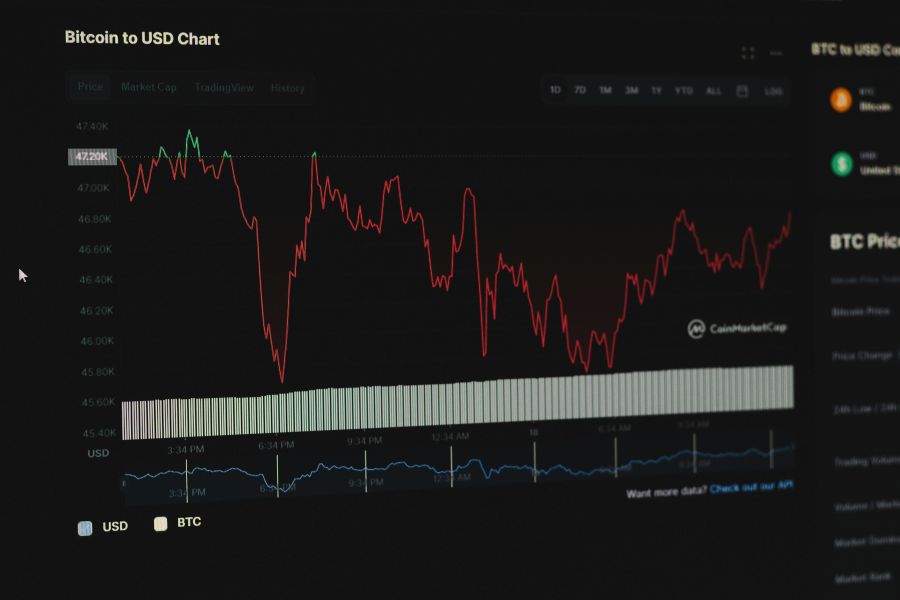Investing wisely is the key to financial growth and stability. A well-structured investment portfolio can provide long-term returns while minimizing risks. Whether you’re a beginner or an experienced investor, understanding how to build a portfolio that grows over time is essential. In this guide, we’ll explore the fundamental principles of creating a strong investment strategy.
Define Your Investment Goals
Before selecting assets, it’s crucial to define your financial objectives. Ask yourself:
- Are you investing for retirement, wealth accumulation, or passive income?
- What is your risk tolerance?
- What is your investment timeframe?
Having clear goals helps you determine the right mix of investments that align with your needs.
Diversify Your Portfolio

Diversification is a fundamental principle in investment success. Spreading your money across different asset classes helps reduce risk and optimize returns. Consider including:
- Stocks: Growth potential over the long term.
- Bonds: Stability and fixed income.
- Real Estate: Protection against inflation.
- ETFs and Mutual Funds: Instant diversification with professional management.
- Commodities (Gold, Silver): Hedge against market volatility.
Balance Risk and Reward
Each investment carries a certain level of risk. Striking the right balance between high-risk and low-risk assets is key to sustained growth. Some strategies to manage risk include:
- Investing in blue-chip stocks with strong historical performance.
- Allocating a portion of funds to safer assets like bonds or dividend stocks.
- Regularly rebalancing your portfolio to maintain a healthy asset allocation.
Invest Consistently
Consistency is more important than timing the market. The best approach is to:
- Use Dollar-Cost Averaging (DCA): Invest a fixed amount regularly to reduce the impact of market fluctuations.
- Reinvest Dividends: Accelerate portfolio growth by compounding earnings.
- Stay Disciplined: Avoid emotional decisions based on market trends.
Monitor and Adjust Your Portfolio

Financial markets are constantly changing, and your portfolio should evolve accordingly. Regular reviews help ensure your investments stay aligned with your goals. Key steps include:
- Assessing performance quarterly or annually.
- Adjusting asset allocation based on market conditions.
- Eliminating underperforming investments and reinvesting in high-growth opportunities.
Stay Informed and Keep Learning
A successful investor continuously educates themselves on market trends, economic changes, and new investment opportunities. Follow reliable financial news sources, read investment books, and consider seeking professional advice when needed.

Building an investment portfolio that grows over time requires strategic planning, diversification, and consistency. By setting clear goals, balancing risks, and staying informed, you can maximize your wealth potential and achieve long-term financial success.




